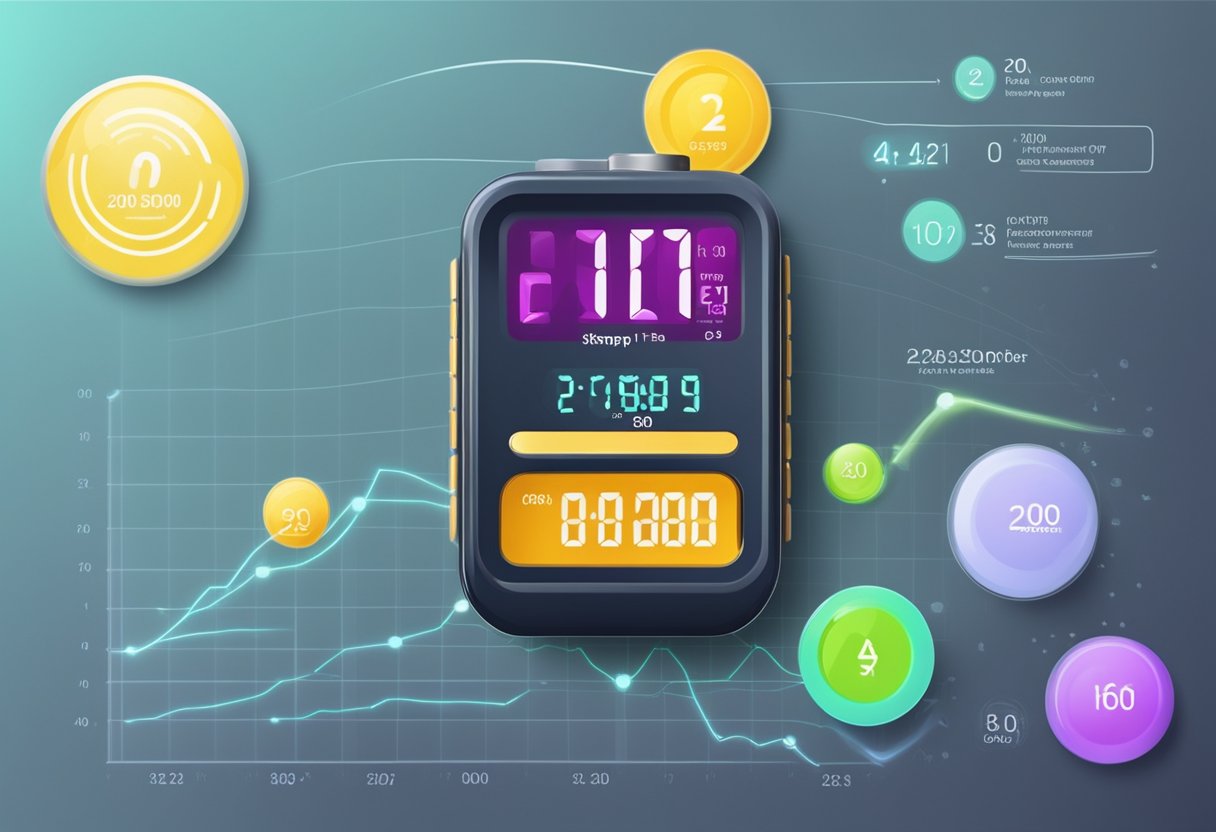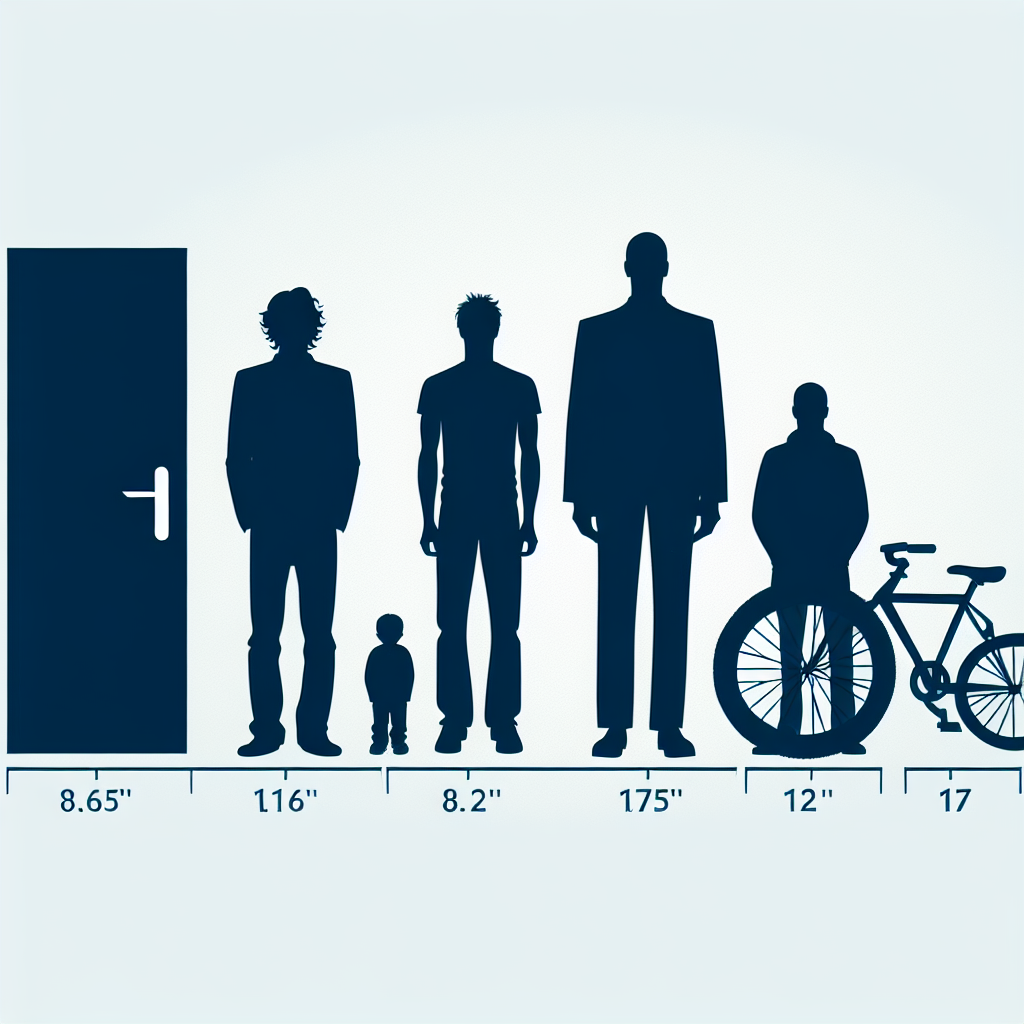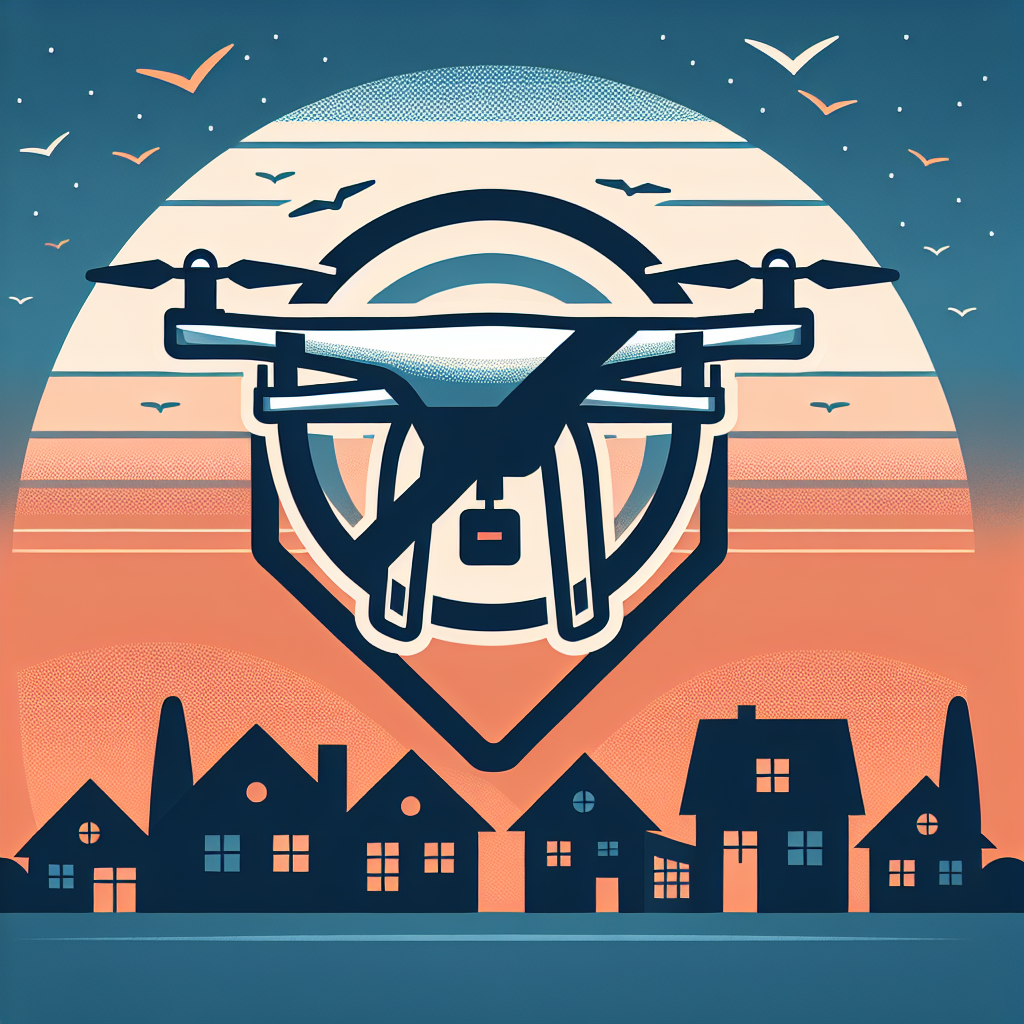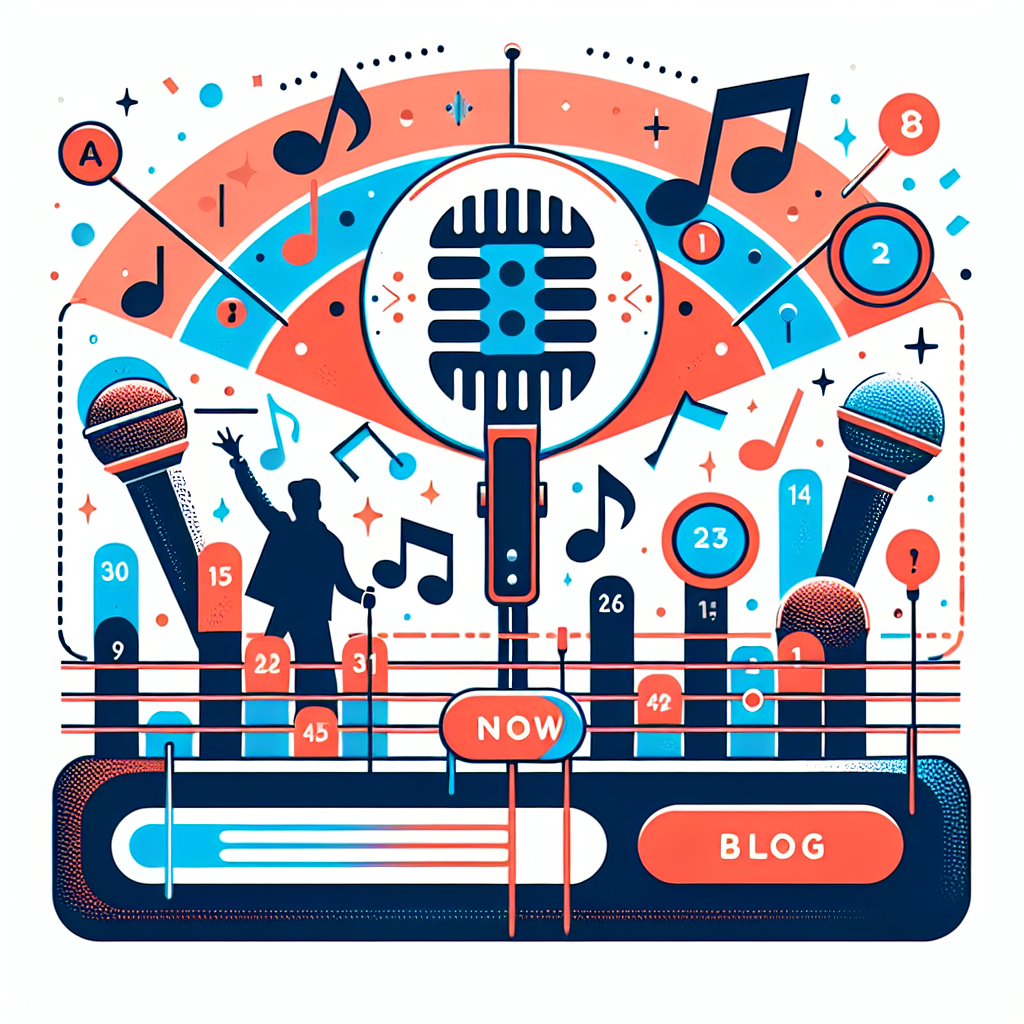Understanding Low Blood Pressure with High Pulse Rate
Low blood pressure coupled with a high pulse rate can be concerning. This article dives into the causes, symptoms, and remedies specifically for this condition, addressing key questions and concerns.

Understanding Low Blood Pressure with High Pulse Rate
Experiencing low blood pressure (hypotension) along with a high pulse rate (tachycardia) can be perplexing and often alarming. This combination can signal a variety of underlying issues. In this article, we’ll explore the specific questions surrounding this condition, shedding light on its causes, symptoms, and potential treatments.
What Causes Low Blood Pressure and High Pulse Rate?
There are several factors that can lead to a scenario where an individual suffers from low blood pressure while experiencing a high pulse rate. Some common causes include:
- Dehydration: When the body loses more water than it takes in, blood volume decreases, causing blood pressure to drop.
- Blood Loss: Severe bleeding from injury or internal bleeding reduces blood volume, leading to hypotension.
- Infection (Septicemia): A severe infection can lead to sepsis, causing blood vessels to open wider, drastically reducing blood pressure.
- Heart Problems: Conditions like arrhythmias, heart failure, or heart attacks can lead to an irregular pulse combined with low blood pressure.
- Endocrine Disorders: Conditions such as Addison's disease or low blood sugar can contribute to low blood pressure and tachycardia.
- Medications: Certain medications, particularly diuretics, or drugs for high blood pressure can have side effects that lower blood pressure and increase pulse rate.
- Neurological Disorders: Conditions affecting the nervous system can disrupt blood flow regulation, leading to low blood pressure and increased heart rate.
Symptoms Associated with Low Blood Pressure and High Pulse Rate
Individuals may experience a variety of symptoms when they have low blood pressure with a high pulse rate:
- Dizziness or Lightheadedness: Often exacerbated when standing up or after prolonged sitting.
- Fatigue: Chronic exhaustion can be a sign of inadequate blood flow to vital organs.
- Palpitations: A racing heartbeat can be alarming, often felt as a fluttering in the chest.
- Nausea: Low blood flow can affect the stomach, leading to digestive issues.
- Fainting: Severe drops in blood pressure can lead to loss of consciousness.
How is Low Blood Pressure with a High Pulse Rate Diagnosed?
If you are experiencing these symptoms, it is vital to consult a healthcare professional. Diagnosing this condition may involve:
- Physical Examination: A doctor will take your blood pressure and heart rate readings in various positions (lying, sitting, and standing).
- Medical History: Providing information about your diet, hydration levels, and any medications you are taking can help narrow down causes.
- Blood Tests: To check for underlying conditions such as anemia, electrolyte imbalances, or thyroid issues.
- Electrocardiogram (ECG): To assess your heart's rhythm and identify any abnormalities.
Treatment Options for Low Blood Pressure and High Pulse Rate
Treatment will vary depending on the underlying cause, but several approaches may be recommended:
- Increased Fluid Intake: Staying hydrated can help manage low blood pressure, especially if dehydration is a factor.
- Dietary Changes: Adding more salt to your diet (under doctor's supervision) can help retain fluids and increase blood pressure.
- Medication Adjustments: If certain medications are causing blood pressure drops, your doctor may adjust the dosages or try alternatives.
- Gradual Position Changes: To prevent dizziness, take your time when moving from sitting or lying down to standing.
- Treat Underlying Conditions: Address any medical conditions contributing to your symptoms.
Preventive Measures
In addition to treatment, certain lifestyle changes may help minimize the risk of experiencing low blood pressure with a high pulse rate:
- Regular Exercise: Engaging in physical activity can help improve cardiovascular health.
- Balanced Diet: Eating a diet rich in nutrients can support overall health.
- Avoid Alcohol: Alcohol can exacerbate dehydration and blood pressure issues.
- Monitor Symptoms: Keeping track of any symptoms can provide valuable information for you and your healthcare provider.
Conclusion
Low blood pressure combined with a high pulse rate can signal various health issues that require attention. By understanding the causes, symptoms, and treatment options, you can better navigate this condition. Always consult with a healthcare professional for accurate diagnosis and tailored treatment plans.
Keywords
niedriger blutdruck, hoher puls, low blood pressure, high pulse rate, hypotension, tachycardia
New posts

Understanding Normal Pulse Rates: What Is a Normal Pulse?
Fitness

Understanding Ruhepuls 60: A Guide to Optimal Heart Rate
Fitness

Understanding Ruhepuls 45: The Ideal Resting Heart Rate for Your Health
Fitness

Understanding Normal Pulse Pressure: What You Need to Know
Lifestyle

Low Blood Pressure and Trembling: Understanding the Connection
Wellness

Understanding Low Blood Pressure at Night: Causes, Symptoms, and Management
Wellness

Understanding Pulsdruck: Key Insights into Your Blood Pressure Dynamics
Wellness

Understanding Why You Might Experience Niedriger Blutdruck
Lifestyle

Effective Strategies to Lower Blood Pressure
Fitness

Understanding Low Blood Pressure and Tiredness: Insights and Solutions
Lifestyle
Popular posts

Understanding Low Blood Pressure and Tiredness: Insights and Solutions
Lifestyle

Effective Strategies to Lower Blood Pressure
Fitness

Understanding Blood Pressure: What Does 140/80 Mean?
Lifestyle

Navigating Low Blood Pressure and High Pulse: Key Insights
Wellness

Understanding Low Blood Pressure with High Pulse Rate
Wellness

Understanding Normal Blood Pressure: A Deep Dive
Wellness

Effective Strategies for Managing Heart Palpitations: What to Do When Experiencing Herzrasen
Lifestyle

Recognizing the Symptoms of High Blood Pressure
Wellness

What to Do When You Have a High Heart Rate
Lifestyle

Understanding Low Blood Pressure: What Does the Lower Value Mean?
Wellness